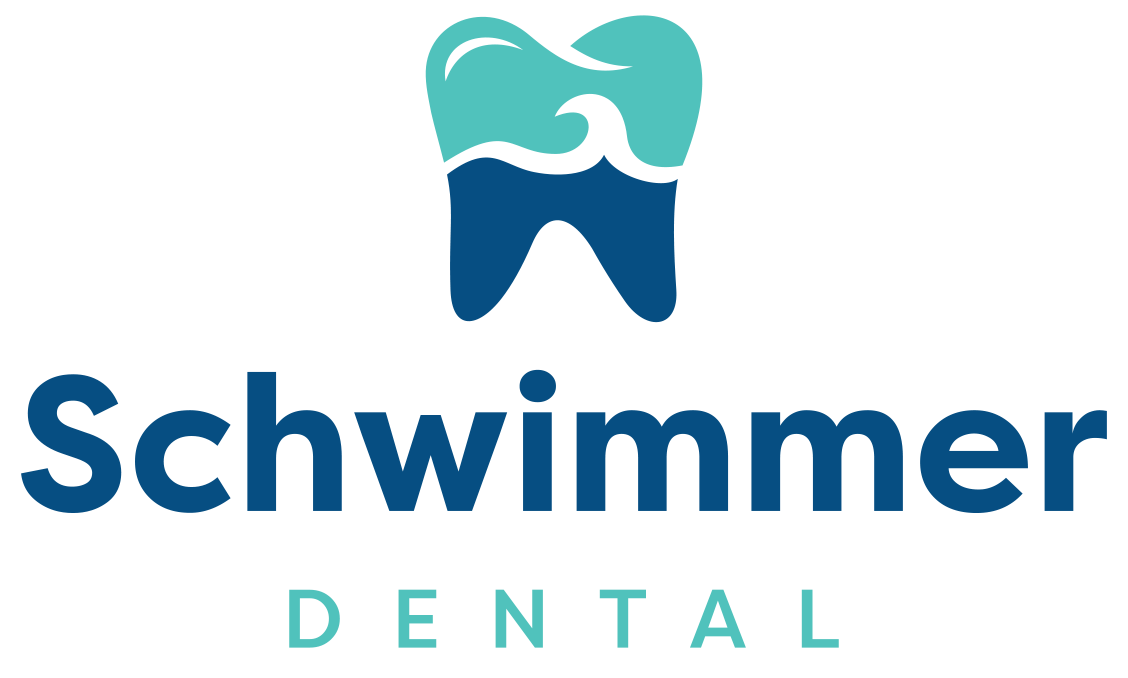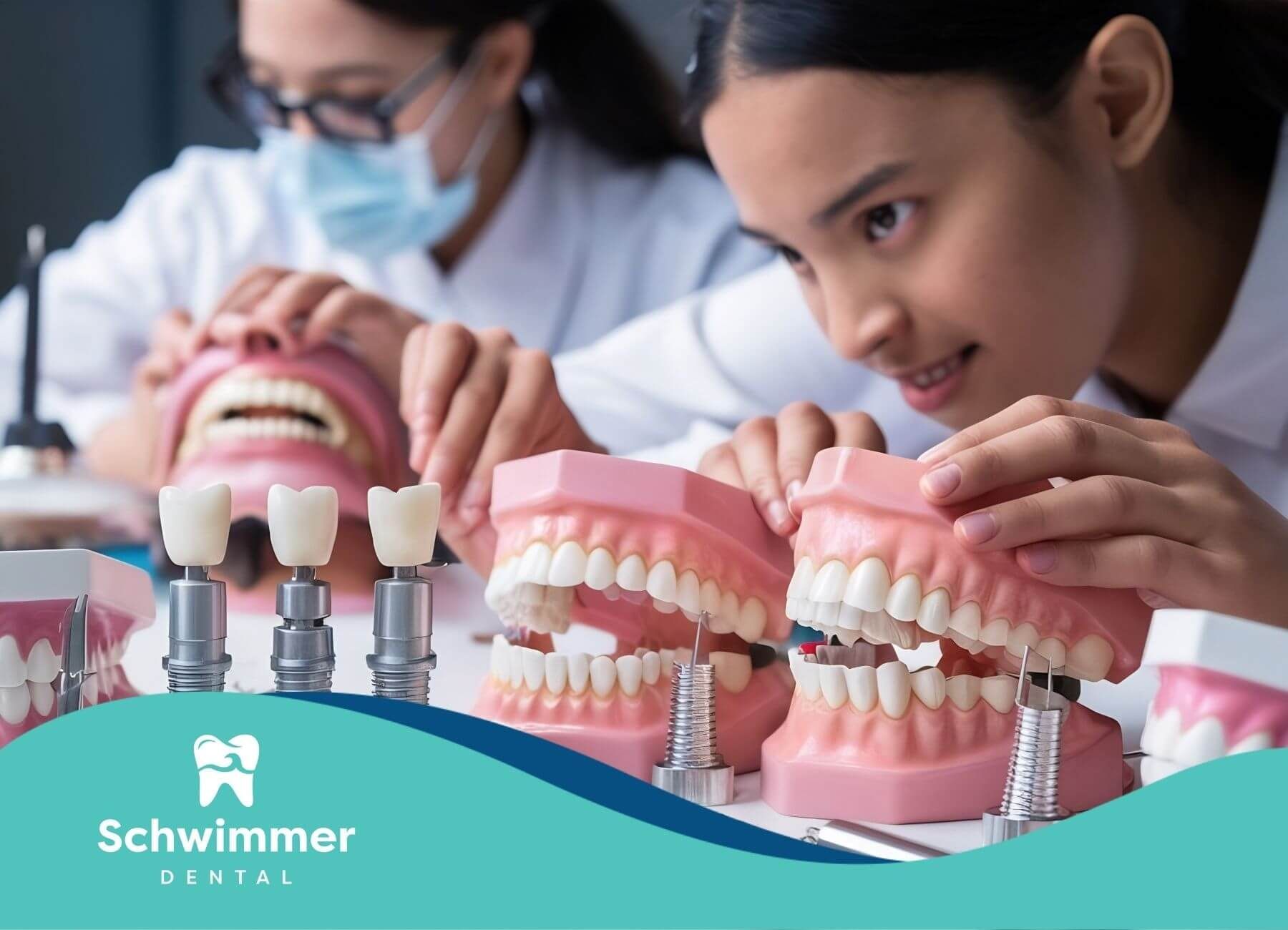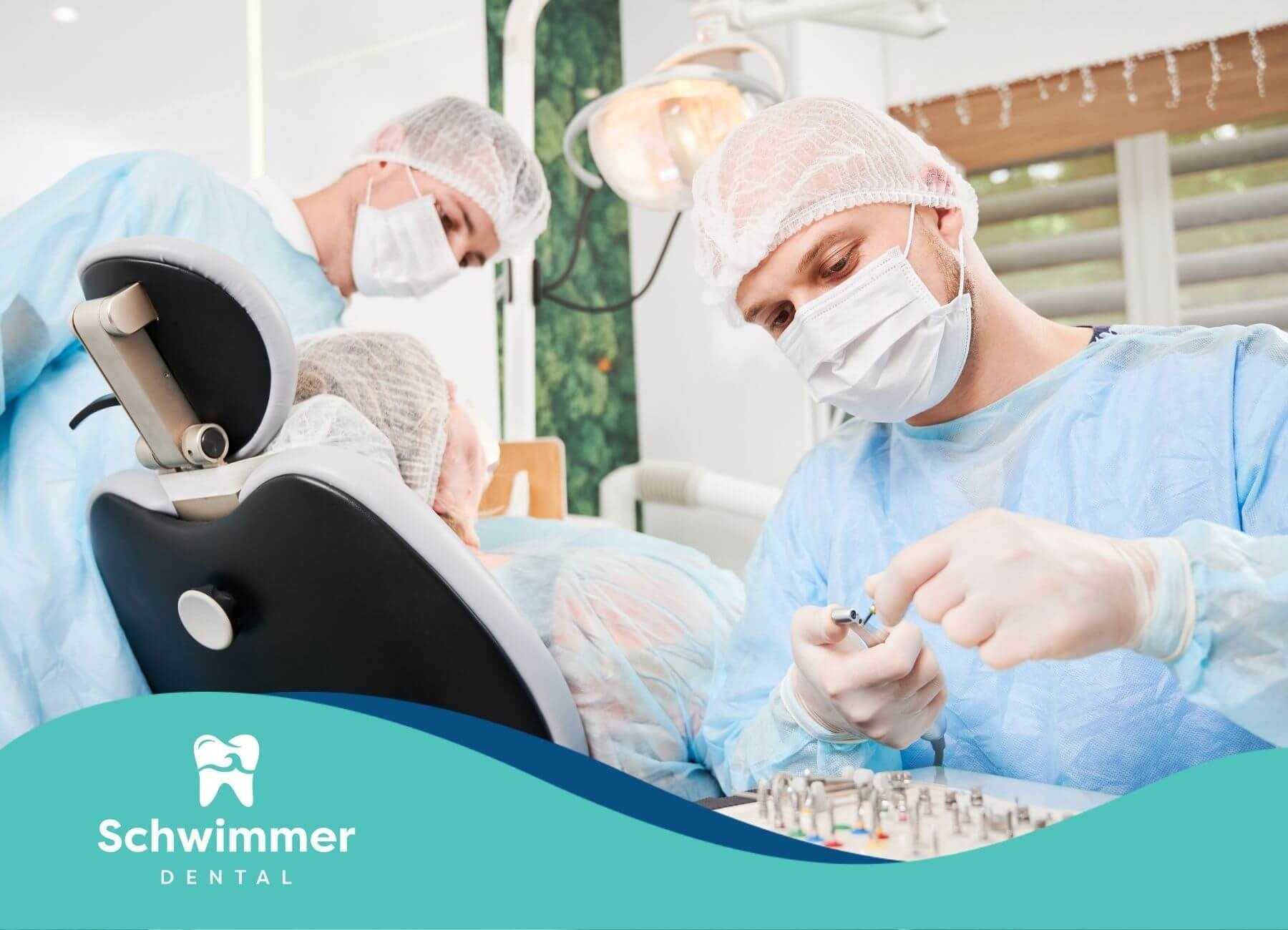Tips for Navigating Laser Dentistry Cost
Understanding Laser Dentistry Costs
Exploring the costs associated with laser dentistry can help patients make informed financial decisions regarding their dental care. The expenses can vary significantly based on several factors, including the type of procedure and the equipment used.
Factors Influencing Cost
Several key factors influence the cost of laser dentistry:
- Type of Procedure: Different procedures, such as cavity treatments, gum disease therapy, and teeth whitening, come with varying costs.
- Laser Equipment: Advanced laser equipment is more expensive than traditional dental tools, which contributes to higher treatment costs.
- Dentist’s Expertise: The dentist's training and experience in laser dentistry can significantly affect the cost of the procedure. Specialized training often means higher fees.
- Geographic Location: Costs may vary by region, with urban areas typically charging more than rural locations.
- Dental Facility: The reputation and facilities of the dental clinic can also impact the overall cost.
- Insurance Coverage: Some insurance plans may cover part or all of the laser dentistry costs, influencing the final amount out-of-pocket.
Cost Variability by Procedure
The cost of laser dentistry can vary widely depending on the specific treatment required. Here is a breakdown of common laser dentistry procedures and their associated costs:
| Procedure | Average Cost | Factors Affecting Cost |
|---|---|---|
| Cavity Treatment | $200 - $400 | Type of laser, extent of decay |
| Gum Disease Therapy | $800 - $1,600 per full mouth | Severity of condition, number of quadrants treated |
| Teeth Whitening | $400 - $600 | Duration of treatment, desired results |
| Frenectomy (tongue-tie release) | $200 - $500 | Pediatric vs. adult, complexity of the case |
| Biopsy or Lesion Removal | $250 - $500 | Size and location of lesion, type of anesthesia used |
Laser dentistry procedures offer several advantages over traditional methods, including greater precision, shorter recovery times, and reduced post-operative discomfort. These benefits can make laser treatments a worthwhile investment despite the higher initial cost. For more information on the benefits of these advanced techniques, visit our section on the benefits of laser dentistry.
When evaluating the cost of laser dentistry, it's also important to consider potential long-term savings. Laser treatments often require fewer sessions and can lead to better overall oral health, reducing the need for future dental interventions. Comparing the costs and benefits of traditional and laser treatments can help patients make the best choice for their dental care needs. Explore various laser dentistry procedures to find the right fit for your specific situation.
Exploring Laser Dentistry Benefits
Laser dentistry offers various advantages that make it a preferred choice for many seeking dental care. This section explores the benefits, focusing on efficiency, treatment speed, and reduced invasiveness.
Efficiency and Treatment Speed
Dental laser treatment, although initially perceived as costly, proves to be more efficient and cost-effective over time. Lasers provide faster treatments and often require fewer sessions. The technology allows dentists to perform precise and controlled procedures, which can reduce the overall time spent in the dentist's chair.
For instance:
- Gingivectomy with traditional methods can take 1–2 hours, while laser treatment can be completed in about 30 minutes.
- Root canal procedures with lasers are often quicker, reducing the need for multiple visits.
| Procedure | Traditional Time | Laser Time |
|---|---|---|
| Gingivectomy | 1–2 hours | 30 minutes |
| Root Canal | 2–3 visits | 1 visit |
Laser treatments reduce the need for anesthesia and offer quicker recovery times, which is especially beneficial for busy individuals and seniors.
Reduced Invasiveness
One of the most significant benefits of laser dentistry is its reduced invasiveness. Traditional procedures often involve more cutting, stitching, and tissue removal, which can lead to longer healing times and increased discomfort. In contrast, lasers minimize tissue damage and bleeding, leading to less pain during and after treatment.
Key advantages include:
- Reduced need for sutures
- Minimized bleeding due to high-energy light aiding blood clotting
- Lower risk of infection as the high-energy beam sterilizes the area
For parents with children needing dental care or individuals with specific dental needs, these aspects make laser dentistry an attractive option. The less invasive nature of lasers also means fewer complications, which is a significant consideration for both patients and dentists with laser dentistry training.
Lasers are particularly effective in treating gum disease, removing decayed tissue, and preparing teeth for fillings.
By understanding these benefits, individuals can make informed decisions about incorporating laser technology into their dental care. For more insights into how lasers can assist with gum disease, our article on laser dentistry for gum disease is a helpful resource.
Insurance Coverage for Laser Dentistry
Navigating the details of insurance coverage for laser dentistry can be tricky. This section will provide clarity on reimbursement considerations and how to confirm coverage with your insurance provider.
Reimbursement Considerations
Insurance providers often evaluate dental costs based on the treatment received rather than the method utilized. This means that patients with an insurance plan may be reimbursed the same amount for laser treatments as they would for traditional treatments. However, several factors influence whether insurance will cover these procedures.
Insurance usually covers medically necessary treatments but often excludes elective or cosmetic procedures. For instance, preventive care such as cleanings and check-ups might be covered more comprehensively than restorative treatments like fillings or crowns.
| Insurance Coverage | % Coverage |
|---|---|
| Preventive Care | 80-100% |
| Restorative Care | 50-80% |
| Cosmetic Procedures | 0-50% |
It is critical to review the specific terms and conditions of your insurance policy. Factors such as deductibles, co-payment amounts, and whether your provider is within the insurance company’s network can also affect coverage levels for laser dentistry procedures.
Clarifying Coverage with Insurance
Clarifying coverage for laser dentistry with your insurance provider involves several steps to ensure that your treatments will be adequately covered. Patients are advised to:
- Contact Your Insurance Provider: Speak directly with the insurance company to get details about what is covered under your plan for laser treatments.
- Ask Specific Questions: Inquire about the coverage levels for different types of laser treatments such as periodontal therapy, teeth whitening, or gum contouring.
- Verify Pre-authorization Requirements: Some treatments may require pre-authorization before they are performed. Make sure to get this authorization if needed.
- Get Written Confirmation: Ask for written confirmation of your coverage so you have documentation to refer to if there are any discrepancies later on.
Taking these steps can help ensure that there are no unexpected costs, and that your laser treatments are covered to the extent possible.
Understanding insurance coverage for laser dentistry involves evaluating reimbursement policies and seeking clear information from your insurance provider. By taking these measures, patients can make informed decisions and potentially minimize out-of-pocket expenses.
Laser-Assisted Periodontal Therapy Costs
Laser-assisted periodontal therapy has become an effective treatment for gum disease, offering numerous advantages over traditional methods. However, the cost can vary depending on several factors.
Range of Cost per Quadrant
The price of laser-assisted periodontal therapy typically ranges between $1,000 and $4,000 per quadrant. This variation in cost is influenced by multiple aspects such as the severity of the periodontal disease and the specific dental practice. These figures are commonly observed.
| Quadrant | Cost Range (USD) |
|---|---|
| Per Quadrant | $1,000 - $4,000 |
Note: It's essential to discuss the cost with your dentist to obtain a tailored estimate based on your specific needs.
Factors Affecting Cost
Several factors can influence the final cost of laser-assisted periodontal therapy:
Severity of Periodontal Disease
- The more advanced the gum disease, the more extensive the treatment required, and hence, the higher the cost.
Dental Practice Location
- Prices can vary significantly depending on the geographical location of the dental practice.
Experience and Expertise of the Dentist
- Dentists with specialized laser dentistry training might charge more due to their expertise and the sophisticated equipment they use.
Number of Quadrants Treated
- Costs increase with the number of quadrants requiring treatment. Patients often need to factor in whether they need one, two, three, or all four quadrants treated.
Follow-Up Care
- Post-treatment care, including follow-up appointments and additional laser dentistry procedures, can add to the total cost.
Insurance Coverage
- Whether the patient's insurance covers laser-assisted periodontal therapy will affect out-of-pocket expenses. Clarifying coverage with insurance providers beforehand is advisable.
Understanding these factors can help patients make informed decisions regarding their periodontal treatment.
Deep Cleaning vs. Laser Gum Treatment
Cost Comparison
When considering dental care, the cost between traditional deep cleaning and laser gum treatment is an important factor. Below is a comparison to help you understand the financial aspects of each option.
| Treatment Type | Cost Range (USD) | Insurance Coverage | Suitability |
|---|---|---|---|
| Deep Cleaning | $800 - $1,600 (full mouth) | Often covered if medically necessary | Early to moderate gum disease |
| Laser Gum Treatment | $1,000 - $4,000 per quadrant | Partial coverage; verify with provider | Advanced gum disease |
Long-Term Benefits
Considering long-term benefits is essential when evaluating the right treatment for gum disease. Here are some key differences:
- Deep Cleaning:
- Cost Efficiency: Initially more budget-friendly.
- Maintenance: May require ongoing sessions.
- Insurance: Usually covered if deemed necessary.
- Laser Gum Treatment:
- Advanced Technology: Utilizes state-of-the-art lasers for a precise procedure.
- Patient Comfort: Generally provides a less invasive and more comfortable experience.
- Long-Term Effectiveness: Can offer better long-term results with reduced risk of infection and quicker healing.
| Long-Term Benefits | Deep Cleaning | Laser Gum Treatment |
|---|---|---|
| Cost Efficiency | Lower initial cost, but possible ongoing sessions | Higher initial cost, fewer sessions needed |
| Procedure Invasiveness | More invasive | Minimally invasive |
| Healing and Comfort | Standard recovery time | Quicker healing, reduced discomfort |
| Insurance | Often fully covered | Partial, confirm details with provider |
Both deep cleaning and laser gum treatments offer viable solutions depending on the severity of periodontal disease and personal comfort. Consulting with your dentist can help determine the best treatment option tailored to your needs.
Dental Tourism and Affordability
Dental tourism offers an attractive option for those seeking affordable laser dentistry procedures. Patients can travel to destinations around the globe to receive the same high-quality care at a fraction of the cost.
International Cost Comparison
When considering laser dentistry abroad, it is essential to compare the costs across different countries. Laser-assisted procedures, like teeth whitening, show significant cost differences worldwide.
| Country | Cost of Teeth Whitening (USD) |
|---|---|
| USA | $1,500 |
| Canada | $1,380 |
| Australia | $1,185 |
| New Zealand | $1,000 |
| Mexico | $150 |
| Thailand | $270 |
| India | $140 |
Dental tourism destinations, including Mexico, Thailand, and India, offer substantial savings. Dental procedures in these countries can be 50-80% cheaper than in the USA, Canada, the UK, or Australia. These savings make it possible for patients to afford state-of-the-art laser dentistry procedures without breaking the bank.
Considerations for Teeth Whitening
While the cost is a significant factor in dental tourism, there are additional considerations for teeth whitening overseas:
- Duration of Results: Teeth whitening is not permanent and may last a few years with controlled consumption of staining foods like tea, coffee, or wine. High tea or coffee intake can reduce the treatment's longevity to only a few months.
- Legal and Safety Concerns: It is crucial to ensure that the whitening procedure is performed by a certified dentist. Beauty salons offering tooth whitening services are operating illegally; only a certified dentist is legally allowed to bleach teeth safely.
- Quality Assurance: Choosing reputable clinics with certified professionals ensures high standards of care. Additionally, patients may want to verify if the clinic uses advanced technology and up-to-date laser dentistry training methods.
- Travel and Accommodation Costs: It’s essential to factor in travel and accommodation costs when considering dental tourism. Even with cheap procedures, these extra expenses can add up.
Exploring international options for laser dentistry can offer considerable savings, allowing patients to access advanced treatments like laser gum treatment at a lower price.
SOURCES:
https://www.carecredit.com/dentistry/costs/
https://www.dentavacation.com/affordable-teeth-whitening-abroad/
https://www.nature.com/articles/bdj.2007.837
https://pmc.ncbi.nlm.nih.gov/articles/PMC5345326/
https://www.healthline.com/health/laser-dentistry
https://www.colgate.com/en-us/oral-health/threats-to-dental-health/what-is-dental-tourism



